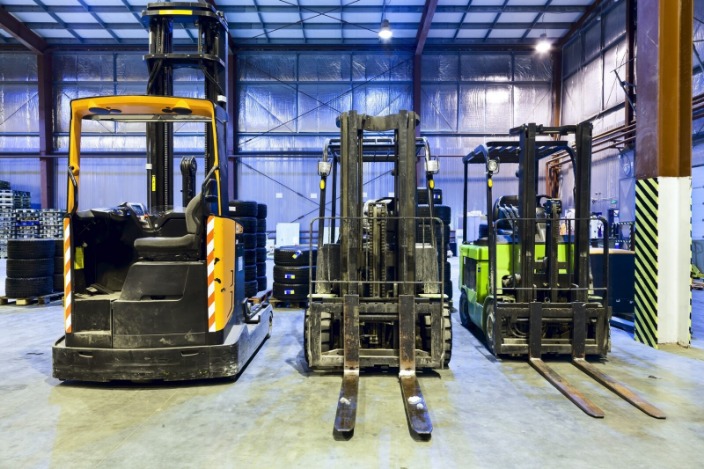Becoming proficient in rigging requires dedicated learning and hands-on practice. One of the essential aspects of this field is slinger training. This guide delves into the vital elements of slinger training, slinger signaller training, and the slinger course.
Why Slinger Training is Essential
Slinger training prepares individuals to handle loads safely and efficiently. This training is crucial for minimizing workplace accidents and ensuring smooth operations in construction and industrial settings.
Key Components of Slinger Training Programs
Quality slinger training programs typically include the following components:
- Understanding load dynamics and characteristics
- Learning how to select and use appropriate lifting equipment
- Effective communication techniques between sling operators and signallers
- Safety protocols and emergency procedures
The Role of Slinger Signaller Training
Slinger signaller training plays a critical role in the rigging industry. A slinger signaller acts as the eyes and ears of the crane operator, ensuring that loads are moved correctly and safely.
Core Skills Developed in Slinger Signaller Training
During slinger signaller training, participants will develop the following core skills:
- Hand and radio signal proficiency
- Risk assessment and hazard identification
- Teamwork and coordination with crane operators
- Load stability and path planning
Benefits of Enrolling in a Slinger Course
Enrolling in a structured slinger course provides numerous benefits for aspiring and current professionals:
- Comprehensive knowledge of rigging equipment and techniques
- Opportunities for practical, hands-on experience
- Enhanced credibility and job prospects in the industry
- Certification and recognition from industry bodies
Typical Curriculum of a Slinger Course
A standard slinger course covers the following topics:
- Introduction to rigging and slinging
- Inspection, maintenance, and storage of lifting gear
- Safe lifting practices and load handling
- Role-specific training for slinger signallers
FAQs on Slinger Training
Q: What qualifications do I need before starting slinger training?
A: Most programs do not require previous qualifications. However, basic knowledge of lifting operations is beneficial.
Q: How long does a typical slinger course last?
A: The duration varies but typically ranges from a few days to a week, depending on the course’s intensity and coverage.
Q: Can I take slinger signaller training online?
A: While some theoretical components can be studied online, practical skills need hands-on training usually conducted in person.
Q: Will I receive a certificate after completing the slinger course?
Read more about slinger training here.
A: Yes, most accredited courses provide a certificate upon successful completion, which can enhance your job prospects.
Conclusion
Pursuing slinger training and slinger signaller training through a comprehensive slinger course is an investment in safety, efficiency, and career advancement. Whether you are new to the field or seeking to refine your skills, these programs offer valuable knowledge and practical experience.

